My first encounter with Kihon is at the Long Beach Restaurant Week event earlier this year. I remember going back many times to eat the delicious item featuring octopus. It is Kihon which stands out among the other participants, and I’m embarrased to say, I eat more than my fair share here. Then, a few months later, I hear about some friends’ experiences here, and many months later, I am here kicking off my boy’s birthday weekend at Kihon.
Situated in a strip mall adjacent to Michael’s, and Michael’s Pizzeria, it is easy to miss if you’re not looking for it. However, once you have an idea where it is, you’ll notice it right away. There is ample parking in the evenings, especially after 6pm, when most of the other businesses close.
We take a seat at the sushi bar, facing owner and sushi chef Erwin Angeles. Striking up conversation, I quickly find out his background includes a five year stint with Katsuya up in Los Angeles before embarking off on his own. Kihon serves Japanese tapas, as well as sushi. Omakase is always the way to go when I am out for sushi. This allows chefs to showcase their creativity and style, along with items less adventurous folks might tend to shun from. Tonight, I tell Chef Erwin I want to try a bit of both — tapas, and also, sushi omakase — leaving the latter up to his discretion.
It isn’t hard to decide what to start with. Smoked Octopus Carpaccio ($12) which initially wins me over at the event is a must! Thin slices of tako, or octopus, is dotted with yuzu kosho, one of my favorite condiments of all time. It is a paste made with chile peppers, the peel from the yuzu fruit, and salt. It is then left to ferment until the flavors are melded together perfectly. The dish is brought to the table covered in a dome of smoke, gently kissing the octopus, but not enough to overwhelm. The indescribably aromatic yuzu kosho elevates the subtle flavors of the octopus.
My son is a chicken karaage fiend and therefore, Tori Kara Age ($7) comes next. It is tender on the inside with the right amount of crispness on the outside. It is devoured pretty quickly — I’m lucky to get a piece! I would have ordered another, but there is so much I want to try.
I am a huge fan of eggplant and always order Nasu Miso ($5) when I see it. The one at Kihon is well-seasoned and comprises the right texture. A pinch of bonito shavings on top gives an added layer of flavor and texture to the dish.
Chef Erwin suggests Seared Salmon Sashimi with Crispy Spinach ($14) and it is an excellent choice. The spinach is flash fried giving it a beautiful texture when eaten with the slightly charred salmon. The ponzu dressing is delightful — I soon find out, it is made in-house along with a host of other seasonings.
Next, we change it up a little by enjoying an array of nigiri sushi — prices start at $5 for two pieces and currently go up to $14 for specialty items such as live shrimp (amaebi). Check the blackboard for specials — these are often seasonal or imported. We begin with Big Eye Tuna brushed with homemade soy and a micro dollop of wasabi leaves. My son loves tuna, and smiles at me as he is eating this.
However, it is the Pacific Halibut with yuzu kosho, a squeeze of Meyer lemon and pinch of salt, which makes me sigh. Perhaps it is the yuzu kosho, but it is probably because I am partial to white fish when it comes to sushi or sashimi. This is particularly favorable on my palate.
Next, Spanish Mackerel (aji) is served with ginger, green onions, and a little of the soy and ponzu, both made in-house. The combination is ideal for a robust fish like mackerel.
When I was growing up, I remember my parents never leaving a Japanese dinner without ordering Amber Jack (kampachi). I grew up under the impression that kampachi is a prized fish when eating sushi. Whether that is true or not is a mystery — I have never asked my parents about it. However, I can assure you, regardless its stature on the fish hierachy, it is one of my favorites. This requires nothing more than a hint of yuzu kosho, lemon juice, and house soy.
I like the flavor profiles Chef Erwin puts together. Black Sea Bream is served with shiso leaf, lemon and sea salt. The fragrant shiso brightens the palate with its aromatics, while the lemon and salt coaxes the natural flavors of the fish to the fore. Definitely a winner!
Most of you are familiar with Yellowtail, and here, just a simple drizzle of lemon juice and brush of house soy does the trick.
Due to my son’s voracious appetite, we add some heartier options to the mix before finishing off with what I consider to be the highlight of the meal. Short Ribs Kakuni ($11) are slices of slow-braised short rib finished on the grill before it is topped with caramelized onions and jalapeno slices. I’m not a big fan of short rib, but the flavor profiles are well-thought out and the meat extremely tender. The boy relishes with gusto.
Spicy Tuna On Crispy Rice ($8) is a little different to what I have experienced in other establishments. These rice cubes are pan-fried rice rather than deep-fried and topped with spicy tuna and a jalapeno slice for garnish. Even with the jalapeno, it isn’t spicy — at least not for us — but the varying textures in these bites are welcoming and satisfying.
The last two sushi items are the piece de resistence in every sense. King Crab Legs brushed with clarified butter and a squeeze of lemon juice is so sweet, plump and succulent. I have never eaten King crab sushi before, so this is not only new, but absolutely delicious.
My favorite sushi item is of course, Sea Urchin (uni). There is nothing required except a few drops of lemon juice to complete the natural umami of the uni.
The restaurant is only a year old, but I believe it is here to stay. Judging from the busy dining room on a weeknight, it is just a matter of time before reservations are a must and waits are common.
Kihon
5662 E 2nd Street
Long Beach, CA 90803
Tel: 562-433-3800
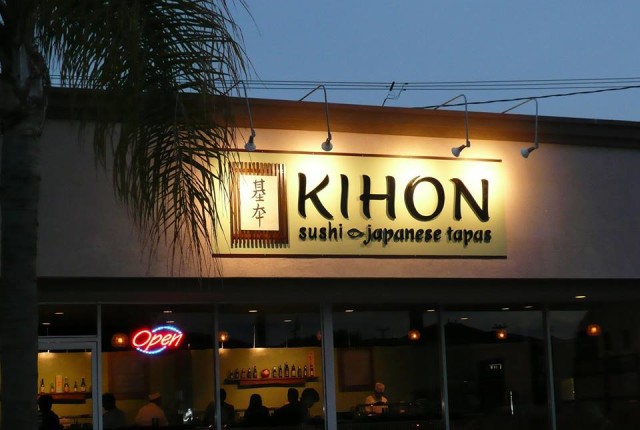
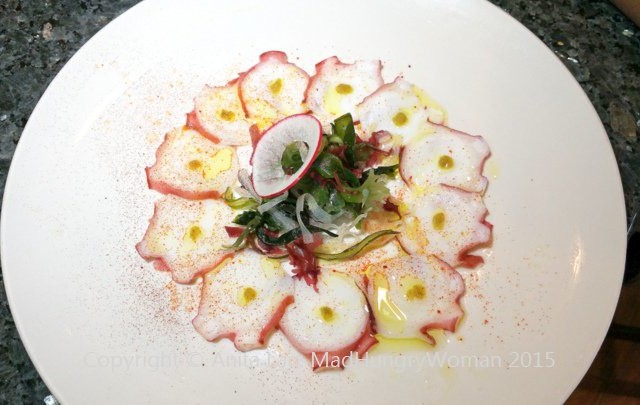
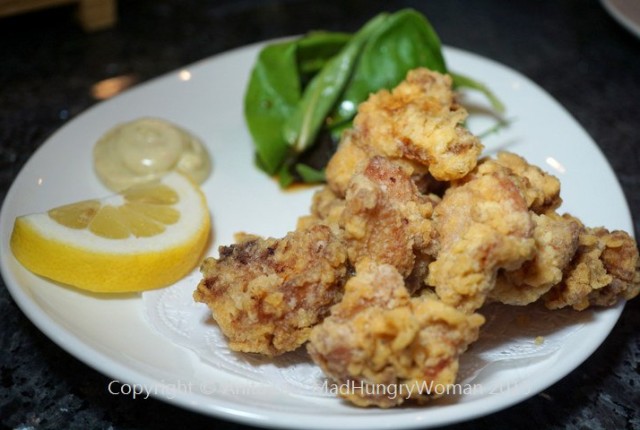
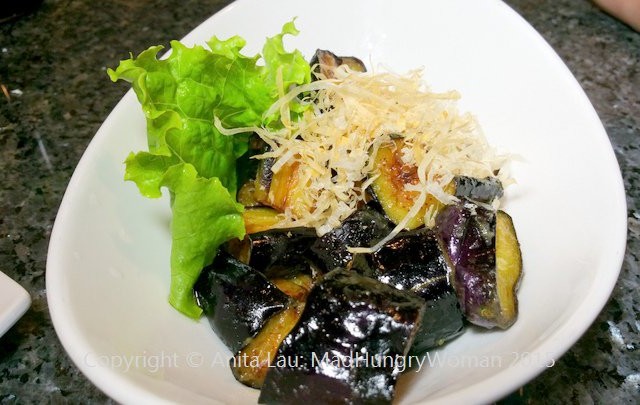
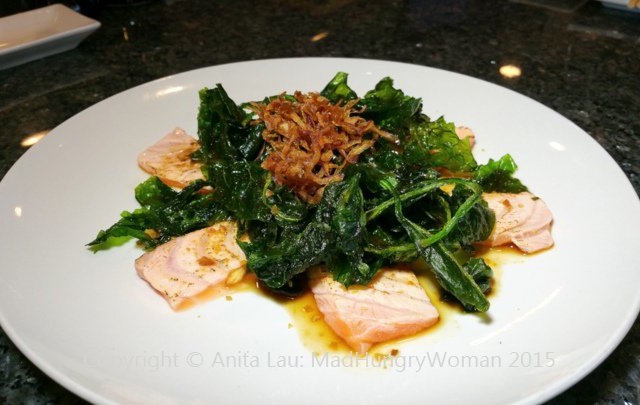
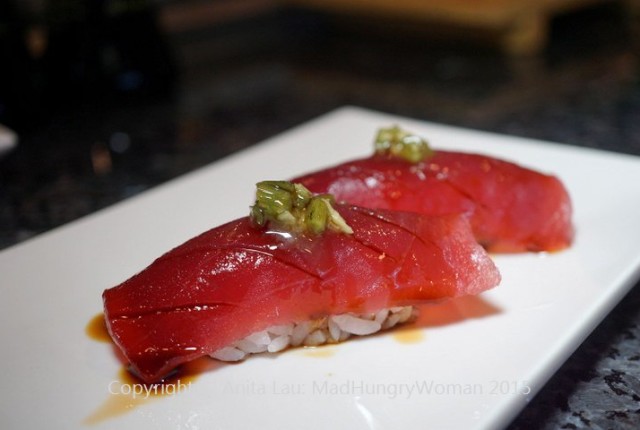
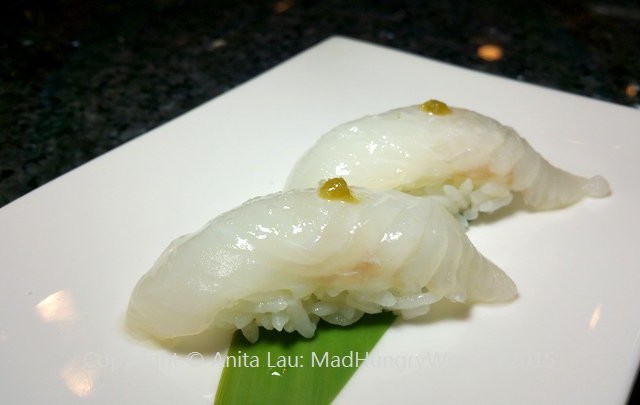

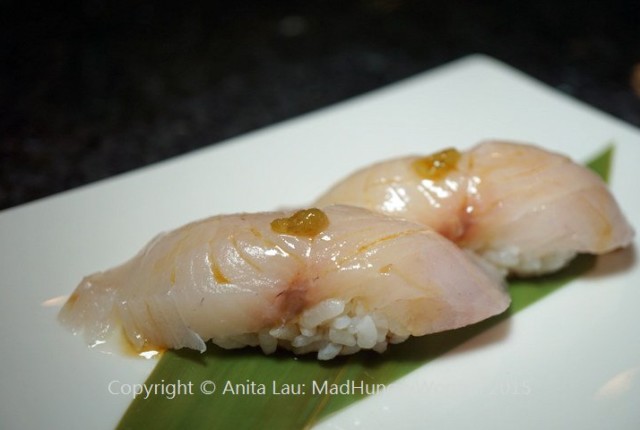

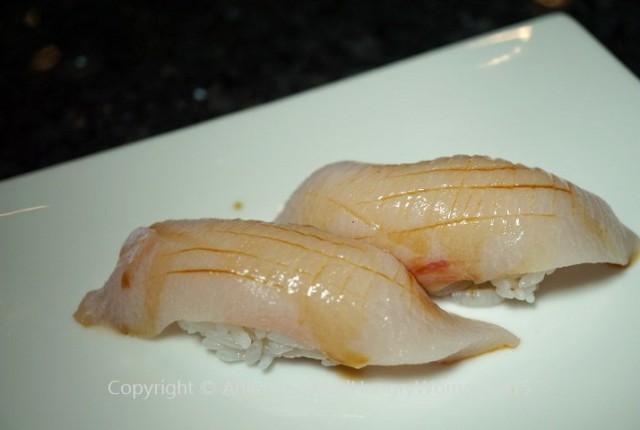
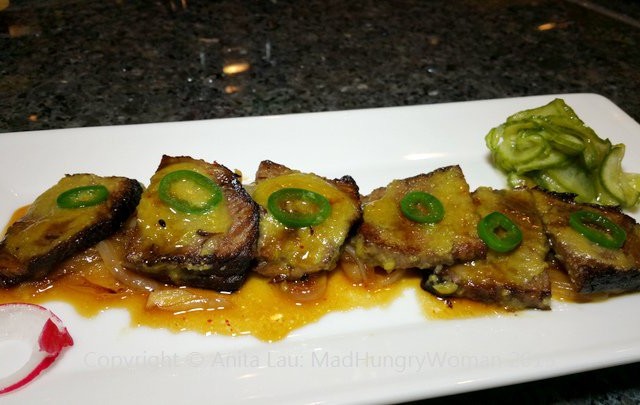
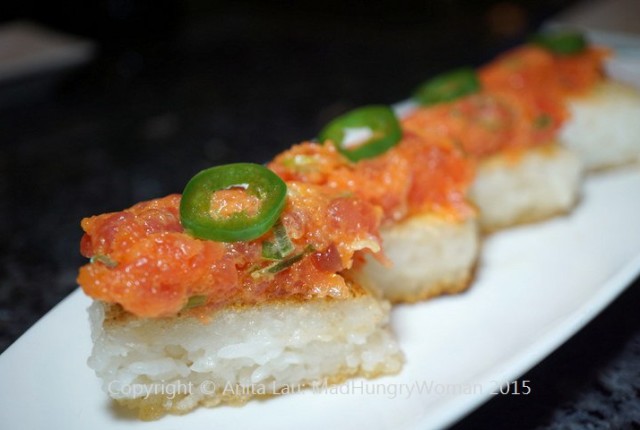
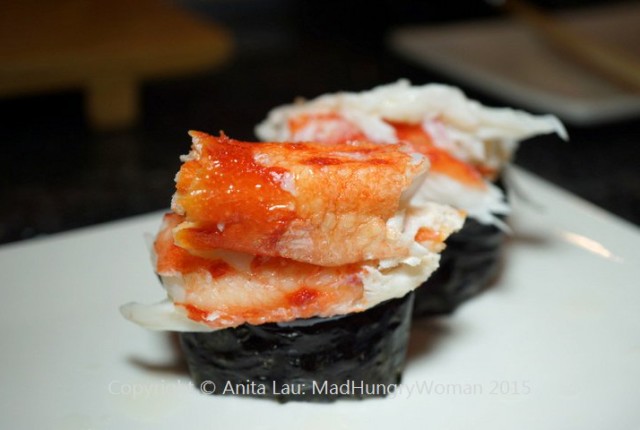
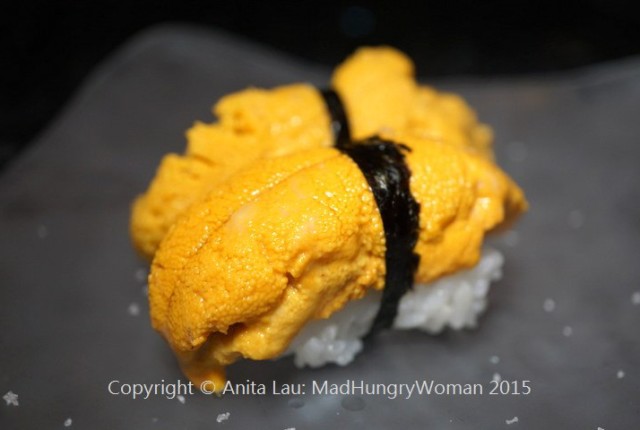







Leave a Reply